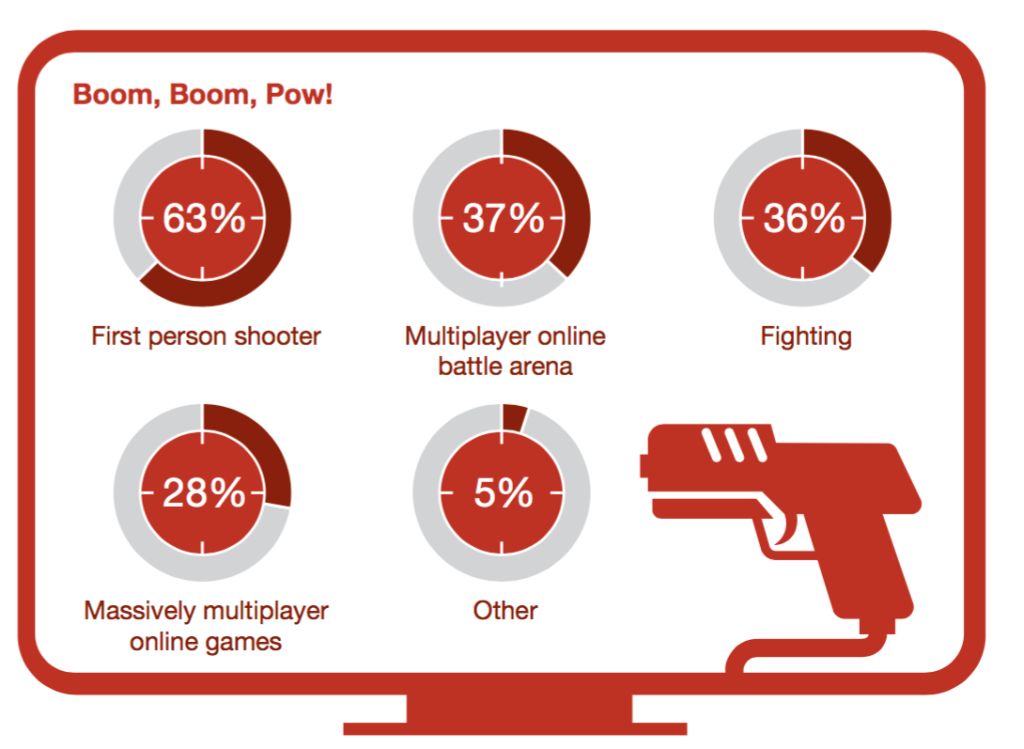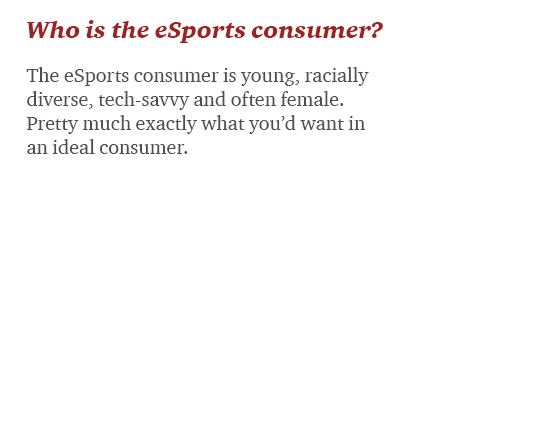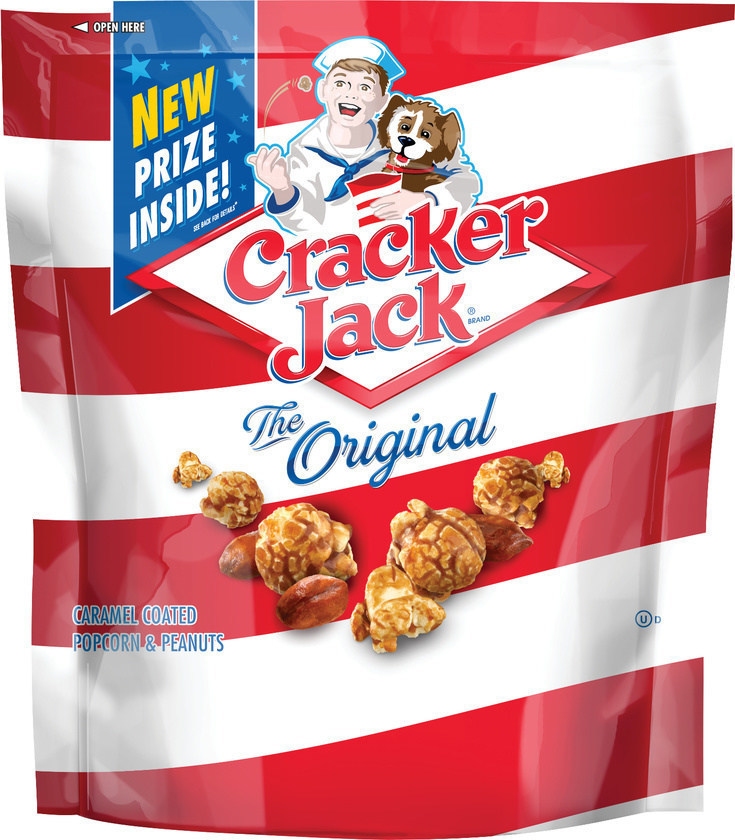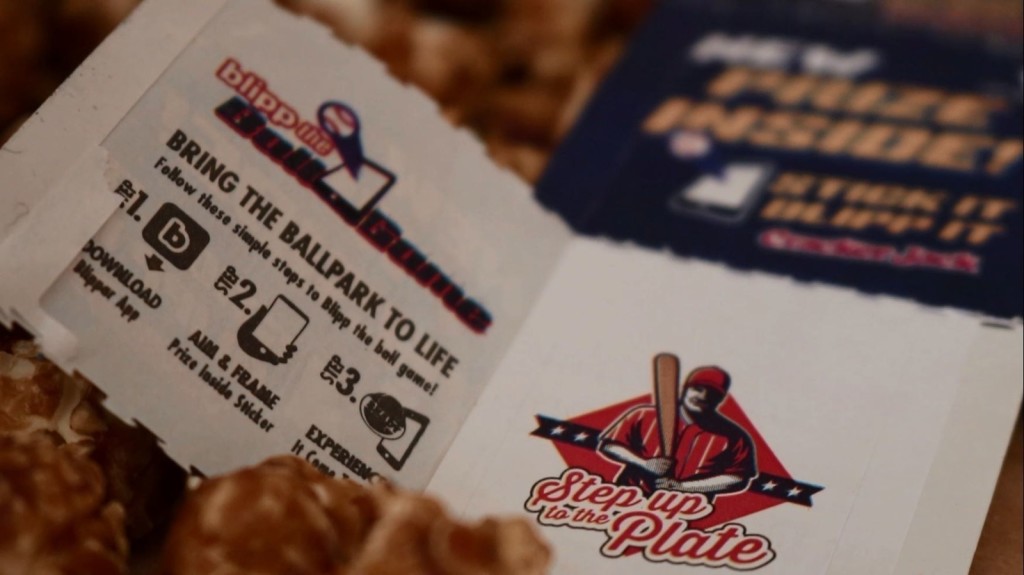One of the frequently shared sentiments by virtual reality executives and creative minds across the board is that the immersive experiences they offer are incredibly isolating ones.
The fast-developing industry received a real shot in the arm Wednesday via VREAL—a new platform that teleports users into the live gameplay through a shared social VR environment, right next to their favorite streamers. Think Twitch, or YouTube, or Azubu. Now inject it with a shot of steroids that lets you and your friends dive deep into the VR worlds of your favorite games where one can watch while placed in the native stream, with full 3D freedom.
The technology comes courtesy of Todd Hooper, VREAL’s creator, founder and CEO who’s introduced an antidote to cure the potentially industry plaguing “anti-social” disease that unites streamers and fans.
VREAL—which stands for Virtual Reality Entertainment and Livestreaming—is hardware-agnostic (Oculus, HTC Vive, Samsung Gear VR) with 360-degree and 2D video viewing on PC and mobile.
The Seattle-based startup received $3.3 million seed funding late last year by a handful of venture capitalist firms. It’s attempting to capitalize on the gargantuan games as entertainment media trend by launching a beta program later this summer.
Todd Hooper is formerly the vice president of online services for Unity Technologies. He joined [a]listdaily at the Silicon Valley Virtual Reality Expo in San Jose, California to talk about his native game streaming and discovery VR system and platform.

While you were at Unity, at one point did it trigger that “VREAL is where I need to be?”
That’s a good point. I’d seen a number of VR demos over time. Some of them were [Oculus Rift] DK1 and DK2—a lot of people had those. There was a specific demo of the HTC Vive I saw in October 2014 where it was the first time I’d seen a really good headset with really great content from someone like Valve, and they said, ‘we’re launching this in six months.’ I was like ‘Wow. VR is going to be a huge opportunity, and I don’t want to miss it.’ It took a while for the ideas to evolve. Initially, I just immersed myself into VR and found what people were doing. That’s when we started doing some experimenting, and that’s where the VREAL idea came from.
Now that you’ve announced your launch, what’s the next step?
We are laser-focused on getting VREAL out to the hands of gamers and streamers this summer, and seeing what they do with it. We’re working with a lot of developers, which we’ll be announcing in the summer, as well. One thing I’ve learned over the years is ‘you can build something and think people are going to use it in a certain way,’ but I’m pretty confident that by putting VREAL in the hands of streamers, they’re going to blow our minds with the creative things they can do in VR and livestreaming.
What’s your elevator pitch explaining what livestreaming in VR means?
The way I explain it is this: VR is all about the experience. If you as a player have a headset on, and you’re in a virtual world, you want your friends to join you in that virtual world. You want them to literally appear in it. They see you. You see them. And you’re hanging out together while you’re playing a game. We’ve built the ability for people to easily create that in their games, and the ability for the audience to find those games and create those streams. And it doesn’t matter if it’s a desktop, headset, or mobile—regardless of the device, VREAL enables all those people to access some version of the experience.
How do you share a VR story in a non-VR format? How do you overcome that challenge of someone having to actually experience it?
Obviously it is great when we get people to put on a headset. That problem is slowly going away as headsets become more accessible. One of the things VREAL does very well is that we give you this fantastic experience in full VR, but if you have mobile VR, or if you have a web page, we can also give a 2D video experience. That’s something where I think we can add a huge amount of value because that’s been very difficult today—to create a really great, traditional VR video experience. Once we start doing that, it makes VR much more accessible to a wide range of people. It also puts us in an evangelism kind of role, which I love.
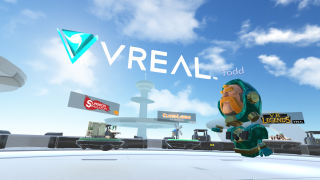
What are the different ways you plan on bringing the application with VR/AR/MR to the consumer?
Our initial focus is VR, not AR or MR. We’re very focused on VR in gaming. You’ll see a VREAL app that will be available in different places, and that will let you discover the VREAL games that you can stream.
How will you be building out mobile capability?
Samsung GearVR is a great platform for consuming media, so we have a demo on there. We think people will love watching an experience on the GearVR, so we’re focused on that, too.
One of the main problems currently for VR is people don’t have access to headsets. What is your workaround for people who don’t own the gear?
It’s been fine for us. Obviously, Oculus, HTC and Valve have been very good to us over the last year, and it’s great to see products shipping to the hands of consumers. We’re seeing more every day. I have a meeting next week, and I don’t have to pack my own rig because they own it, too. It’s just the beginning, right? In a year, there will be millions of rigs in the field. … It’s very early, still, for VR. Even over the last few months, it’s gotten substantially better in terms of accessibility of hardware, stability of software and drivers and game engines. Going forward, it’s a very early market. We’re finding early adopters, and the ones passionate about VR—enough to put $800 down. Is it going to be a mass market this year? No. But I think it’s on path in a three-to-five year time frame. And that’s really the time frame we’re thinking about building VREAL. We want it to be a platform that represents livestreaming for VR games, and we think that’s a long-term proposition.
![]()
What is the feedback from people once they experience VREAL?
It’s been fantastic—we’ve done about 200 demos to date, with 70 at GDC, and it was uniformly, extremely positive. People respond to it immediately. It has an impact of ‘this is extremely engaging and it’s very social.’ I think it’s initially a difficult concept to explain, but we’ve gotten better at it. But nothing beats putting on a headset and showing people. Within five minutes, it’s ‘Oh, I get it now. What you’re doing is mind blowing.’ We love doing demos and getting feedback.
Why are there more people watching than playing video games? Why is that such a phenomenon? What changes when VR enters the picture?
I think it’s a generational thing. When I first saw it, it was young guys in the office using their second screen watching something. That audience has disconnected from traditional broadcast media, and they’re watching 90 minutes of streaming content they’re interested in per day. Twitch and YouTube have capitalized on that very nicely. When you bring VR in, I think there is a whole new angle to that. Video as a medium has been great in the past for traditional games. VR, it’s not really matched. We think there is an opportunity when we build this new technology that lets us re-render the game in realtime. I’m a player. I have my view of the game. You’re watching, and you feel like you’re in the game with me. You get that social interaction, and you also get that experience. If you’re talking about VR games as an experience, then you have to put on the headset. I can’t tell you about it by showing a little flatscreen.
How can entrepreneurs use the current technological flaws in VR to create new media?
VR is a novelty, still. There’s a lot of people that are passionate about it and want to jump into it because of the novelty, but novelty is not going to sustain a long-term marketplace. It is innovation, great new content and people thinking deeply about VR and coming up with something we haven’t seen before. Just bringing genres and sorts of games that we’ve seen directly to VR is probably going to be challenging. It’s an opportunity. There will be a Bungie of VR, and there will be a Riot Games of VR, and it will be one of these new companies that’s experimenting and learning new things, and ready to surprise us with something we haven’t seen coming.
Follow Manouk Akopyan on Twitter @Manouk_Akopyan.
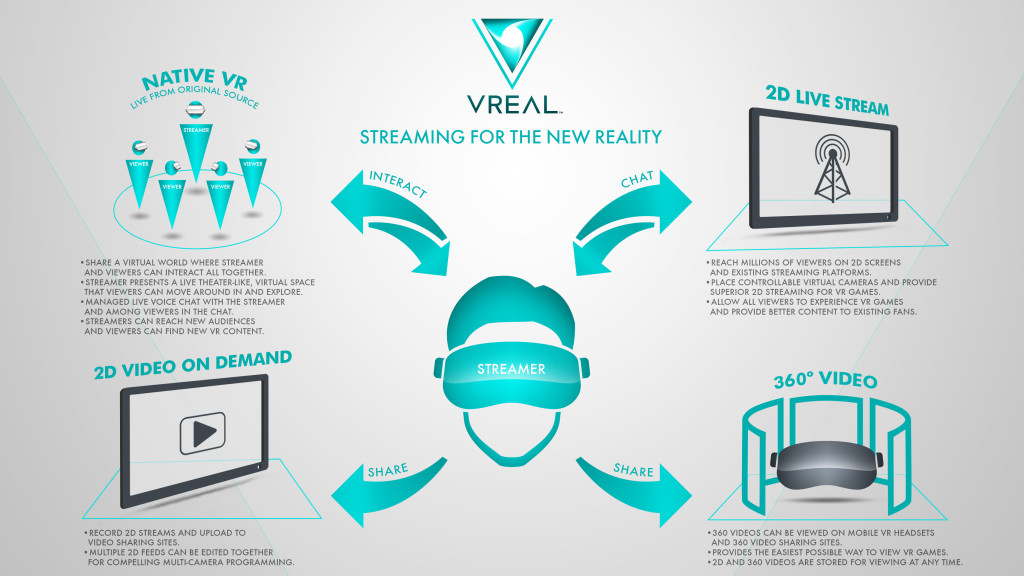
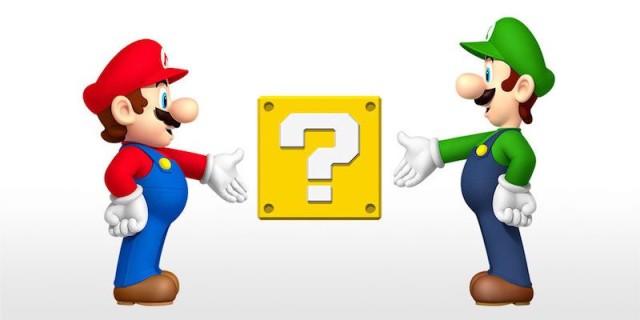
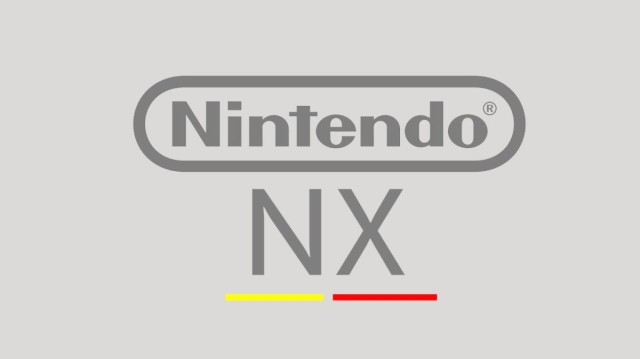
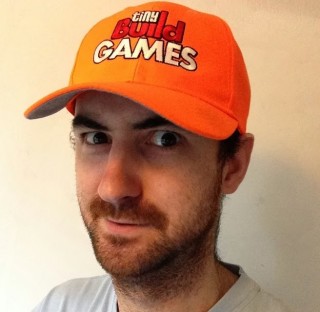 What is Stage Presence about and how does it work?
What is Stage Presence about and how does it work?